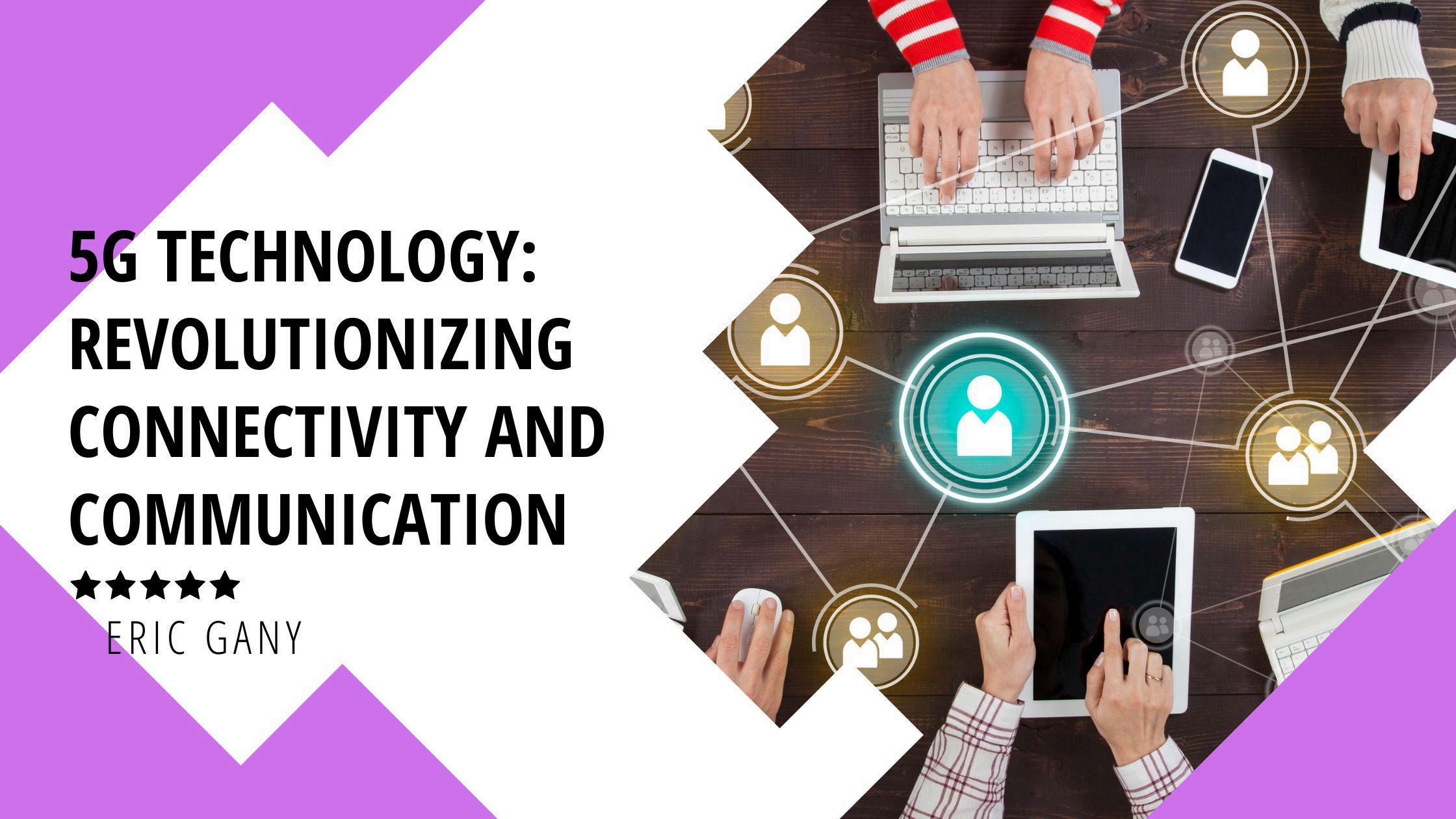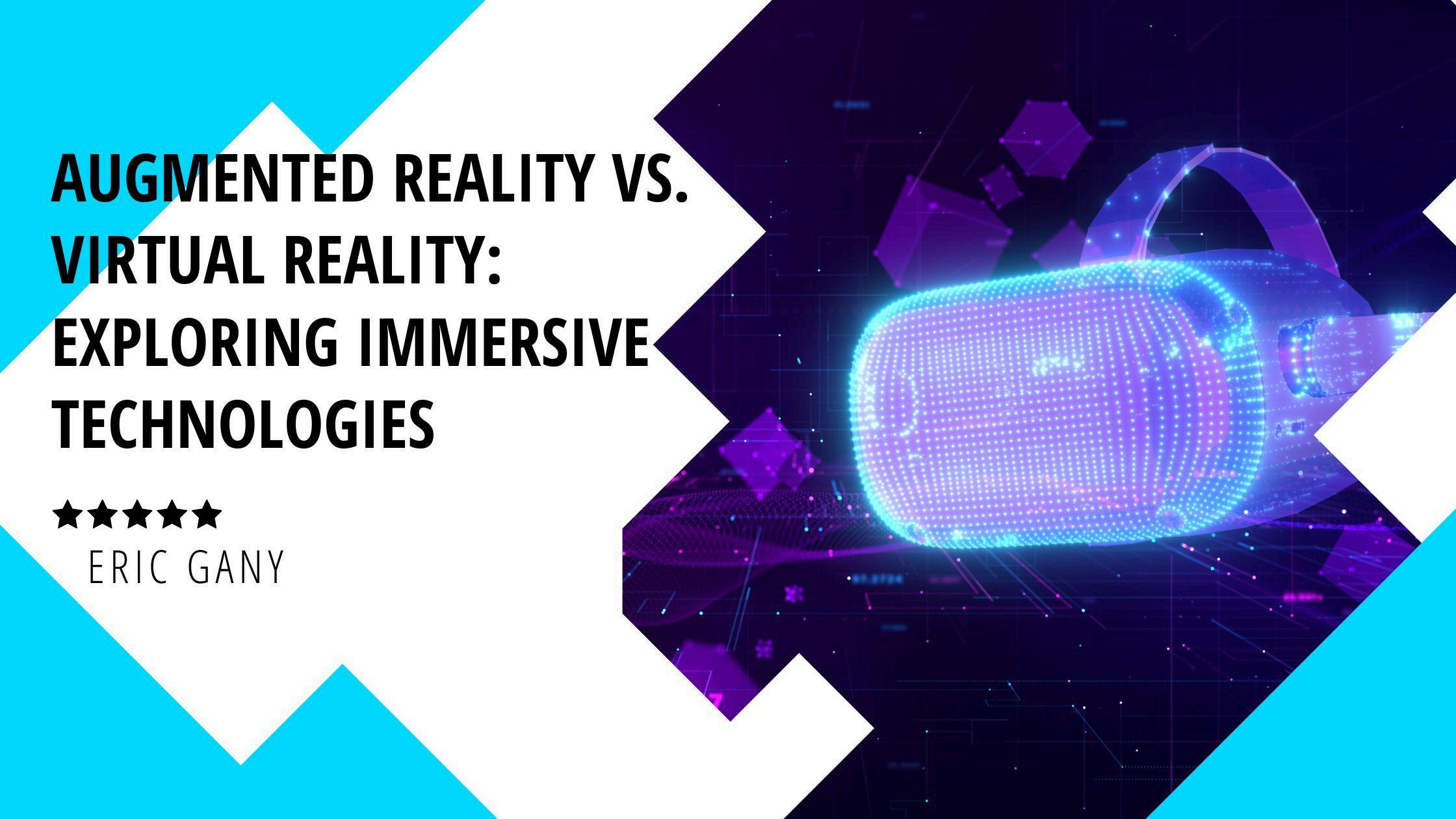The Influence of Music Festivals on Culture and Community

Music festivals have become a significant cultural phenomenon, drawing thousands of music enthusiasts worldwide to gather and celebrate their shared love of music, art, and community Beyond providing entertainment, music festivals play a profound role in shaping culture, fostering community connections, and promoting social change. In this blog post, we’ll explore the influence of music festivals on culture and community and examine how these events contribute to the fabric of society
1. Celebrating Diversity and Inclusivity
Music festivals celebrate diversity and inclusivity by bringing together people from different backgrounds, cultures, and walks of life. Regardless of age, race, gender, or nationality, music festivals create a space where individuals can come together and connect through their shared passion for music. By celebrating diversity and promoting inclusivity, music festivals foster a sense of unity and belonging among attendees, transcending barriers and promoting understanding and
acceptance.
2. Promoting Arts and Culture through Music Festivals
Music festivals serve as platforms for showcasing diverse musical genres, artistic expressions, and cultural traditions. From rock and hip-hop to jazz and electronic music, festivals feature an eclectic lineup of artists and performers representing global music culture’s rich tapestry Music festivals often incorporate visual arts, performance art, and interactive installations, creating immersive experiences that engage all the senses and celebrate creativity and innovation.
3. Fostering Community Engagement
Music festivals unite communities and foster a sense of belonging and camaraderie among attendees. Whether camping under the stars, dancing with friends or sharing meals with strangers, festivals allow people to connect, collaborate, and form lasting friendships. Through shared experiences and collective participation, music festivals strengthen community bonds, promote social cohesion, and create memories that last a lifetime.
4. Supporting Local Economies
Music festivals have a significant economic impact on the communities in which they are held, generating revenue for local businesses, restaurants, hotels, and vendors. Festivals attract tourists and visitors who contribute to the local economy through spending on accommodations, dining, transportation, and souvenirs. Additionally, festivals create employment opportunities for local residents, including event staff, security personnel, and vendors, stimulating economic growth and development in the region.
5. Promoting Social Change and Activism
Music festivals promote social change, raise awareness about important issues, and advocate for social justice and equality Many festivals incorporate activism, advocacy, and philanthropy into their programming, partnering with nonprofit organizations and social movements to address environmental conservation, human rights, and mental health awareness. Through music, art, and activism, festivals inspire attendees to take action and positively impact the world around them.
Conclusion
In conclusion, music festivals are vital in shaping culture, fostering community connections, and promoting social change. By celebrating diversity, promoting arts and culture, encouraging community engagement, supporting local economies, and advocating for social change, festivals contribute to the fabric of society and create meaningful experiences for attendees. As we navigate the challenges of the modern world, music festivals serve as beacons of hope, unity, and inspiration, reminding us of the power of music, art, and community to bring people together and make a difference.
The Power of Music Education: Benefits Beyond Musical Skill

Music education has long been recognized for its ability to foster musical skill and appreciation, but its impact extends far beyond the realm of music itself. Research has shown that music education can profoundly benefit cognitive development, academic achievement, social-emotional skills, and overall well-being. In this blog post, we’ll explore the power of music education and its diverse benefits beyond acquiring musical skills.
1. Cognitive Development
Engaging in music education has been linked to enhanced cognitive abilities, including memory, attention, and executive function skills. Playing an instrument or singing requires coordination, concentration, and mental agility, which can help improve brain function and cognitive performance. Studies have shown that children who receive music education demonstrate higher academic achievement and cognitive skills than their peers who do not engage in music education.
2. Academic Achievement
Music education has positively impacted academic achievement across various subject areas, including mathematics, language arts, and science. Learning to read and play music involves mathematical concepts such as rhythm, timing, and patterns, which can enhance mathematical
reasoning and problem-solving skills. Additionally, music education promotes language development, literacy skills, and verbal communication through singing, listening, and interpreting lyrics.
3. Social-Emotional Skills and Music Education
Participating in music education fosters the development of social-emotional skills such as empathy, cooperation, and teamwork. Collaborating with peers in music ensembles, bands, or choirs requires communication, compromise, and mutual respect, promoting positive social interactions and interpersonal relationships. Music education also provides self-expression, creativity, and emotional regulation opportunities, helping students develop resilience and coping strategies to navigate life’s challenges.
4. Creative Expression
Music education encourages creative expression and artistic exploration, allowing students to express themselves through music, songwriting, composition, and improvisation. Engaging in musical activities fosters imagination, curiosity, and innovation, empowering students to think critically, solve problems, and generate new ideas. Music education nurtures creativity and encourages students to explore their unique talents and perspectives, fostering a lifelong appreciation for the arts.
5. Cultural Understanding
Music education provides a window into diverse cultures, traditions, and perspectives worldwide. Students gain a deeper understanding and appreciation of global cultures and heritage by exploring different musical genres, styles, and traditions. Music education promotes cultural diversity, tolerance, and respect, fostering a sense of empathy and interconnectedness among individuals from diverse backgrounds.
6. Well-Being and Mindfulness
Engaging in music education has been shown to promote emotional well-being, stress reduction, and mindfulness. Playing an instrument or singing can be a form of relaxation and self-care, providing a creative outlet for self-expression and emotional release. Music education also promotes mindfulness and presence, encouraging students to focus on the present moment, listen attentively, and connect with their inner thoughts and feelings.
Conclusion
In conclusion, music education offers a wealth of benefits that extend beyond the acquisition of musical skills. From cognitive development and academic achievement to social-emotional skills and well-being, music education can transform lives and enrich communities. Music education nurtures the whole child and prepares students to thrive in an increasingly complex and interconnected world by providing opportunities for creative expression, cultural understanding, and personal growth. As we continue to recognize the importance of music education, let us celebrate its transformative impact and advocate for its inclusion in schools and communities worldwide.
Behind the Lyrics: Understanding the Songwriting Process

Music can evoke emotions, tell stories, and connect people on a deeper level. Behind every song lies a creative process that transforms thoughts, feelings, and experiences into lyrical masterpieces through beautiful lyrics. In this blog post, we’ll take a peek behind the curtain and explore the fascinating world of songwriting, uncovering the steps and techniques that songwriters use to craft their works of art.
1. Inspiration
Songwriting often begins with a spark of inspiration – a fleeting thought, a poignant emotion, or a memorable experience that ignites the creative flame. Inspiration can strike at any moment, whether during a moment of reflection, a conversation with a friend, or a walk in nature. Songwriters draw inspiration from their own lives, observations, and imaginations, as well as from the world around them, to create songs that resonate with listeners personally.
2. Brainstorming and Exploration
Once inspired, songwriters dive into brainstorming and exploration, allowing ideas to flow freely and experimenting with different melodies, chords, and lyrics. This stage often involves improvisation, experimentation, and collaboration with other musicians or songwriting partners. Songwriters may jot
down lyrics, hum melodies, or play chords on an instrument, exploring different musical ideas and refining their creative vision.
3. Crafting Lyrics
Crafting lyrics is a crucial aspect of the songwriting process, as they serve as the storytelling backbone of the song. Songwriters use words to convey emotions, evoke imagery, and capture the essence of their message. They carefully choose words and phrases that resonate with the theme and mood of the song, crafting memorable hooks, verses, and choruses that stick in the listener’s mind. From heartfelt ballads to catchy pop tunes, lyric writing requires skill, creativity, and a keen understanding of language and storytelling techniques.
4. Melody and Harmony
In addition to lyrics, melody and harmony play a crucial role in shaping the mood and feel of a song. Songwriters experiment with melodies – the series of notes that form the song’s musical foundation – to create catchy hooks, memorable melodies, and engaging vocal lines. Harmony, which refers to the combination of different musical notes played or sung simultaneously, adds depth, richness, and texture to the music, enhancing the song’s emotional impact.
5. Arrangement and Production
Once the essential elements of the song – lyrics, melody, and harmony – are in place, songwriters focus on arranging and producing the music. This involves deciding on instrumentation, arrangement, tempo, and dynamics and recording and mixing the various tracks to create a polished and cohesive sound. Songwriters may work with producers, engineers, and session musicians to bring their creative vision to life, experimenting with different sounds and textures to enhance the overall musical experience.
6. Revision and Refinement
Songwriting often involves multiple rounds of revision and refinement as songwriters fine-tune lyrics, melodies, and arrangements to achieve the desired result. They seek feedback from trusted collaborators, friends, and mentors, incorporating constructive criticism and making adjustments to improve the song. Revision is essential to the creative process, allowing songwriters to polish their work and ensure that every aspect of the song – from lyrics to instrumentation – aligns with their artistic vision.
Conclusion
In conclusion, the songwriting process is a dynamic and multifaceted journey that combines inspiration, creativity, and craftsmanship to create songs that resonate with audiences worldwide. From the initial spark of inspiration to the final mix, songwriters pour their hearts and souls into their craft, channelling their emotions, experiences, and imagination into lyrical masterpieces that touch the hearts and minds of listeners. Whether it’s a heartfelt ballad, an infectious pop anthem, or an uplifting rock anthem, behind every song lies a story – a story of passion, creativity, and the power of music to inspire, connect, and uplift us all.
5G Technology: Revolutionizing Connectivity and Communication

In the fast-paced world of technology, 5G technology stands out as a game-changer, promising to revolutionize connectivity and communication in ways we’ve never seen before. As the next generation of mobile network technology, 5G offers lightning-fast speeds, ultra-low latency, and massive connectivity, paving the way for innovative applications and services across various industries. In this blog post, we’ll explore the transformative potential of 5G technology and its implications for the future of connectivity and communication.
1. Lightning-Fast Speeds
One of the most significant advantages of 5G technology is its unprecedented speed. With download speeds potentially reaching up to 100 times faster than 4G, 5G networks enable users to access and download data, stream high-definition videos, and engage in immersive experiences with minimal latency Whether you’re downloading large files, streaming 4K videos, or playing online games, 5G technology delivers a seamless and ultra-fast user experience that redefines the possibilities of mobile connectivity
2. Ultra-Low Latency and 5G Technology
In addition to speed, 5G technology offers ultra-low latency, reducing the delay or lag between sending and receiving data packets. With latency as low as one millisecond, 5G networks enable real-time communication and interaction, making it ideal for applications that require instant
responsiveness and reliability From autonomous vehicles and remote surgery to augmented reality and gaming, 5G technology unlocks new opportunities for innovation and collaboration across various sectors.
3. Massive Connectivity
Another key feature of 5G technology is its ability to support massive connectivity, connecting billions of devices and sensors simultaneously. With the Internet of Things (IoT) expected to grow exponentially in the coming years, 5G networks provide the bandwidth and capacity to accommodate the vast number of connected devices and enable seamless communication. From smart homes and cities to industrial automation and healthcare, 5G technology lays the foundation for a hyper-connected world where devices communicate and collaborate in real time.
4. Enhanced Mobile Experiences
5G technology promises to enhance mobile experiences and empower users with new capabilities and functionalities. From augmented reality (AR) and virtual reality (VR) to immersive gaming and live streaming, 5G networks enable more decadent, more immersive experiences that blur the lines between the physical and digital worlds. With 5G-enabled smartphones, tablets, and wearable devices, users can enjoy high-definition content, interactive applications, and immersive entertainment wherever they go.
5. Accelerating Innovation
Beyond consumer applications, 5G technology drives innovation and transformation across industries, unlocking new possibilities for business and society From smart cities and autonomous vehicles to telemedicine and remote work, 5G networks enable transformative technologies and solutions that enhance efficiency, productivity, and quality of life. By providing high-speed, low-latency connectivity, 5G technology accelerates the adoption of emerging technologies and fuels the development of innovative products and services that address complex challenges and create new opportunities for growth and advancement.
Conclusion
In conclusion, 5G technology represents a significant milestone in the evolution of connectivity and communication, offering unparalleled speed, latency, and connectivity that revolutionizes how we live, work, and interact with the world around us. With its ability to support high-speed data transmission, ultra-low latency communication, and massive connectivity, 5G technology unlocks new possibilities for innovation, collaboration, and digital transformation across industries. As 5G networks continue to roll out globally, we can expect to see a wave of new applications, services, and experiences that harness the full potential of this transformative technology, shaping the future of connectivity and communication for years to come.
Augmented Reality vs. Virtual Reality: Exploring Immersive Technologies

In recent years, immersive technologies such as augmented reality (AR) and virtual reality (VR) have emerged as powerful tools for enhancing human experiences and transforming industries. While both AR and VR offer immersive digital experiences, their approaches and applications differ In this blog post, we’ll explore the differences between augmented and virtual reality and delve into each technology’s unique features and potential applications.
Understanding Augmented Reality (AR)
Augmented reality overlays digital content onto the real-world environment, blending virtual elements with the user’s physical surroundings. AR applications typically use smartphones, tablets, or specialized AR glasses to display real-time digital information, graphics, or animations. AR technology enhances the user’s perception of reality by adding contextually relevant information, interactive elements, or visual enhancements to their surroundings.
Key Features of Augmented Reality:
1. Real-World Interaction: AR allows users to interact with digital content overlaid onto their physical environment, creating immersive and interactive experiences.
2. Contextual Information: AR provides contextually relevant information, such as directions, product details, or historical facts, based on the user’s location and surroundings.
3. Hands-Free Interaction: AR glasses and headsets enable hands-free interaction with digital content, allowing users to access information and perform tasks while moving.
4. Enhanced Visualization: AR enhances visualization by overlaying virtual objects, annotations, or visualizations onto real-world scenes, making complex concepts easier to understand.
Exploring Virtual Reality (VR)
Virtual reality creates fully immersive digital environments that transport users to virtual worlds disconnected from the physical environment. VR applications typically use head-mounted displays (HMDs) or VR headsets to provide users with a 360-degree view of the virtual environment and spatial audio and interactive controllers for navigation and interaction. VR technology enables users to explore virtual landscapes, interact with virtual objects, and engage in simulated experiences with a heightened sense of presence and immersion.
Key Features of Virtual Reality:
1. Immersive Environments: VR creates immersive virtual environments that simulate real-world or fantastical landscapes, enabling users to explore and interact with virtual worlds.
2. 360-Degree View: VR headsets provide users with a 360-degree view of the virtual environment, allowing them to look around and move freely within the virtual space.
3. Spatial Audio: VR incorporates spatial audio technology to create a realistic auditory experience, with sounds emanating from different directions based on the user’s position and orientation.
4. Interactive Controls: VR controllers enable users to interact with virtual objects, manipulate the virtual environment, and engage in immersive experiences through gestures, movements, and interactions.
Applications of AR and VR:
While AR and VR share commonalities in their immersive nature, they offer distinct applications and use cases across various industries:
Augmented Reality (AR) Applications:
● Retail and eCommerce: AR enables virtual try-on experiences, product visualization, and interactive shopping experiences.
● Education and Training: AR enhances learning through interactive educational content, virtual simulations, and augmented learning experiences.
● Healthcare: AR assists healthcare professionals with medical training, surgical visualization, and patient care through augmented reality applications.
● Architecture and Design: AR facilitates architectural visualization, interior design, and real-time 3D modeling for architects and designers.
Virtual Reality (VR) Applications:
● Gaming and Entertainment: VR offers immersive gaming experiences, virtual theme park attractions, and interactive storytelling in the entertainment industry.
● Training and Simulation: VR provides realistic training simulations for military, aviation, and industrial applications, allowing users to practice skills and procedures in a safe and controlled environment.
● Healthcare: VR is used for pain management, rehabilitation therapy, and exposure therapy in treating phobias, PTSD, and anxiety disorders.
● Tourism and Travel: VR enables virtual tourism experiences, immersive destination exploration, and virtual travel experiences for travelers and tourists.
Conclusion
In conclusion, augmented reality (AR) and virtual reality (VR) are transformative technologies that offer immersive and interactive experiences with vast potential across various industries. While AR enhances the user’s real-world environment with digital overlays and interactive content, VR transports users to fully immersive virtual worlds disconnected from reality AR and VR technologies are reshaping how we interact with information, experience entertainment, and engage with the world around us, opening up new opportunities for innovation, exploration, and collaboration. As AR and VR evolve and mature, we can expect to see increasingly sophisticated applications and experiences that push the boundaries of what’s possible in immersive technology
Cybersecurity in the Digital Age: Protecting Against Evolving Threats

Cybersecurity has never been more critical in an increasingly interconnected world where digital technologies are central to our personal and professional lives. As our reliance on digital devices and online services continues to grow, so do the threats posed by cybercriminals and malicious actors. In this blog post, we’ll explore the importance of cybersecurity in the digital age and discuss strategies for protecting against evolving threats.
Understanding the Cybersecurity Landscape
Cybersecurity encompasses a range of practices, technologies, and processes designed to protect digital systems, networks, and data from unauthorized access, cyberattacks, and data breaches. With the proliferation of connected devices, cloud services, and online platforms, cybersecurity has become increasingly complex, requiring proactive measures to safeguard sensitive information and mitigate risks.
Evolving Threat Landscape
Cyber threats constantly evolve, with cybercriminals employing sophisticated tactics and techniques to exploit vulnerabilities and gain unauthorized access to systems and data. Common cyber threats include malware, phishing attacks, ransomware, data breaches, and social engineering scams.
These threats can have serious consequences, including financial losses, reputational damage, and legal liabilities, making cybersecurity a top priority for individuals, businesses, and organizations of all sizes.
Importance of Cybersecurity
In today’s digital age, cybersecurity is essential for safeguarding sensitive information, preserving privacy, and maintaining trust in digital systems and services. Effective cybersecurity measures protect against financial fraud, identity theft, and data breaches, helping to safeguard personal and financial information from unauthorized access or exploitation. Moreover, cybersecurity is critical for ensuring the integrity, availability, and reliability of digital systems and networks, preventing disruptions, downtime, and service outages that can impact productivity and business operations.
Strategies for Cybersecurity Protection
Protecting against cyber threats requires a multi-layered approach that combines technical solutions, security best practices, and user awareness. Some key strategies for cybersecurity protection include:
1. Implementing Security Controls: Employing firewalls, antivirus software, intrusion detection systems, and encryption technologies to safeguard against cyber threats and prevent unauthorized access to systems and data.
2. Regular Updates and Patch Management: Keeping software, operating systems, and applications up to date with the latest security patches and updates to address known vulnerabilities and weaknesses.
3. Strong Authentication and Access Controls: Enforcing strong passwords, multi-factor authentication, and access controls to verify user identities and restrict unauthorized access to sensitive information and systems.
4. Employee Training and Awareness: Educate employees about cybersecurity risks, best practices, and procedures to recognize and respond to phishing emails, social engineering scams, and other cyber threats effectively
5. Data Backup and Disaster Recovery: Implementing regular data backups and disaster recovery plans to restore systems and data in the event of a cyberattack, data breach, or system failure.
6. Incident Response and Cybersecurity Incident Management: Establishing incident response procedures and protocols to promptly detect, respond to, and recover from cybersecurity incidents.
Conclusion
In conclusion, cybersecurity is critical in protecting against evolving threats in the digital age. By implementing robust cybersecurity measures, organizations and individuals can safeguard sensitive information, preserve privacy, and mitigate the risks posed by cybercriminals and malicious actors. With a proactive and multi-layered approach to cybersecurity protection, we can work together to ensure the integrity, availability, and security of digital systems and services, fostering trust, confidence, and resilience in the digital world.






